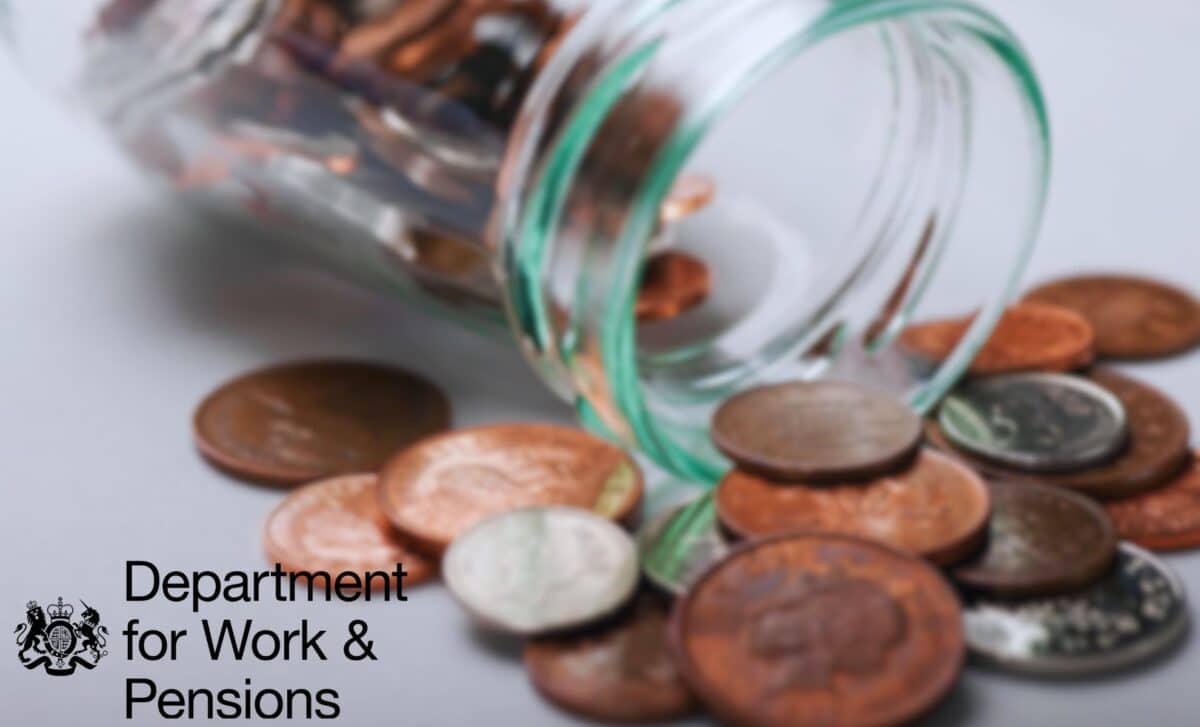Most benefits will rise by 1.7% this year, but Universal Credit claimants are in line for more. From 2026 to 2030, annual increases will exceed inflation, reshaping the financial outlook for many low-income households.
Labour’s proposed adjustments mark a shift in welfare policy, targeting more robust support for working-age benefits. The plan aims to outpace inflation in a bid to reduce the cost-of-living strain on vulnerable populations.
Universal Credit, introduced as a single payment to replace multiple benefits, will see its standard allowance rise beyond inflation annually from April 2026. According to a statement by Baroness Sherlock in the House of Lords, each increase will be calculated as CPI plus a set uplift, differing year by year.
Consistent Above-Inflation Increases Scheduled From 2026
The Department for Work and Pensions (DWP) confirmed that the Universal Credit standard allowance will undergo four consecutive annual increases exceeding inflation, starting in the 2026/27 financial year. These rises are set at CPI + 2.3% in 2026/27, CPI + 3.1% in 2027/28, CPI + 4.0% in 2028/29, and CPI + 4.8% in 2029/30.
Baroness Sherlock, responding to a question raised by Baroness Lister of Burtersett, clarified that each increase represents a real-term gain compared to current policy, which typically sees benefits merely adjusted to match inflation.
“The rates will be what they would have been under CPI uprating and then increased by the relevant percentage figure,” she explained.
The announcement reflects the Labour Party’s approach to reinforcing social security for low-income earners and those out of work. It aims to reverse the erosion of benefit values, a point often raised in recent debates around poverty and cost-of-living pressures.
Updated Rates for Current Claimants Reflect Modest Rise
While the above-inflation increases are set to begin in 2026, the 2025 Universal Credit rates have already been updated with a 1.7% rise. The monthly standard allowance for a single person aged under 25 has increased from £311.68 to £316.98, and for those aged 25 or over, it now stands at £400.14.
Joint claimants have seen proportional increases. For couples where both are under 25, the allowance has risen to £497.55, while for those where one or both are aged 25 or older, the amount is now £628.10. Additional elements, including payments for children and disabilities, have also seen incremental adjustments.
For instance, families with a first child born before April 6, 2017, now receive £339, while families with children born after that date or second children receive £292.81. Disabled child additions range from £158.76 (lower rate) to £495.87 (higher rate).
These modest increases align with broader benefit adjustments for the 2025/26 year, most of which have also risen by 1.7%.









